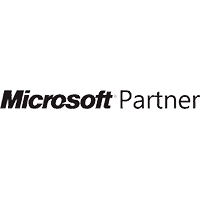Microsoft SQL Server Replication
Move data faster and smarter, and never lose a single byte.

Data systems don’t have to be fragile. Cultivate a more stable server environment with a cutting-edge SQL Server replication solution.
Better tech, better work. Replication tools & technologies from Virtual-DBA.
Our solutions, no matter how small, large, or complicated, are always built according to the needs and structure of our client. We don’t want your technology to hold you back any more than you do—which is why we commit to building a solution that works for your staff, your existing systems, and your budget.
Why use Microsoft SQL Server Replication?
A distributed data system is one in which the storage and processing of data are distributed across multiple physical systems. This allows the system to more robustly handle errors, bottlenecks, data loss, and remain more generally stable.
If your company handles a lot of data, runs a lot of hosted database programs, runs simultaneous functions, or a combination of all three, it is likely that you would benefit from replication. Microsoft SQL Server replication creates more fault tolerance and keeps the system running even if multiple processing errors or failures occur.


